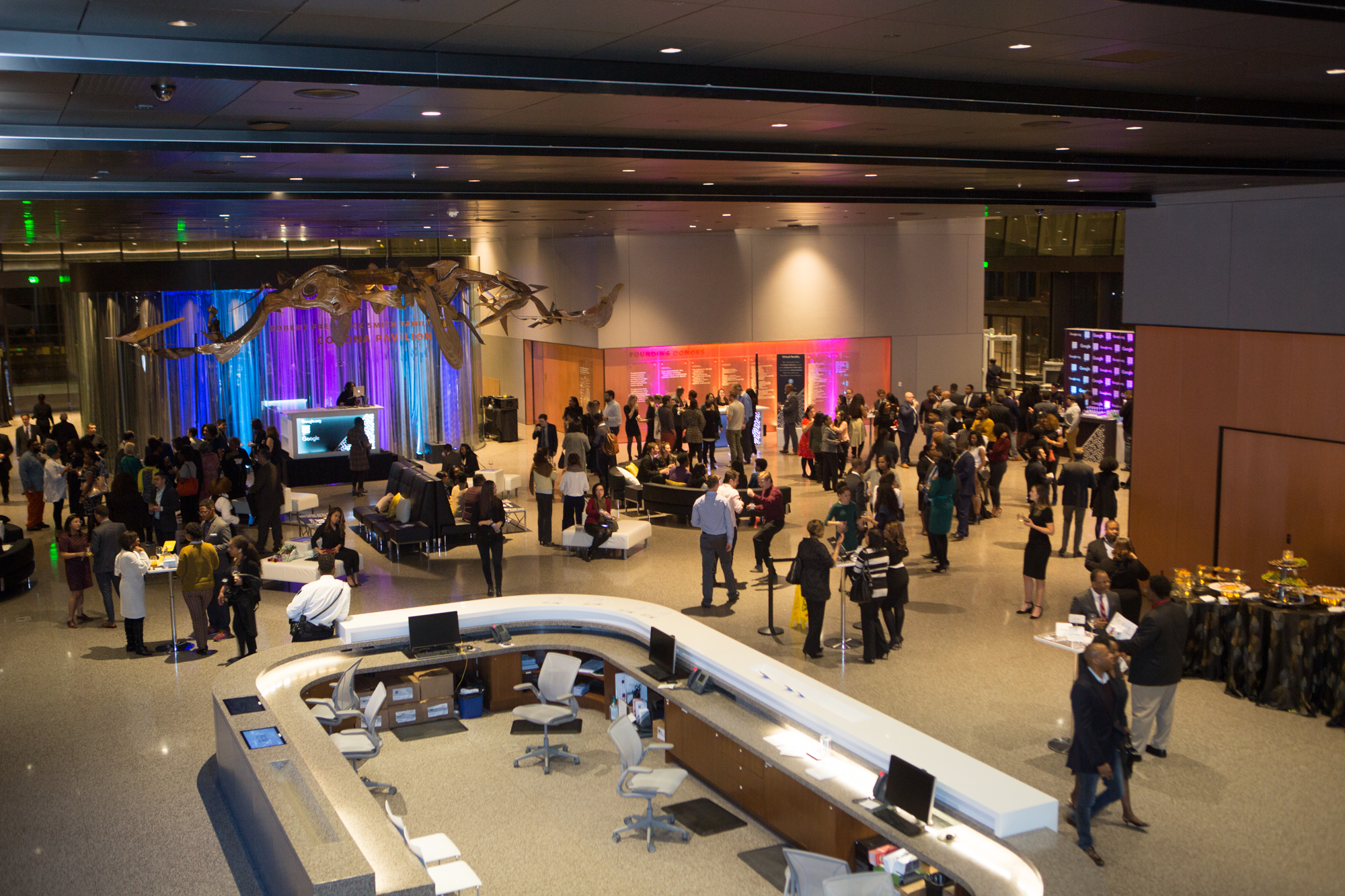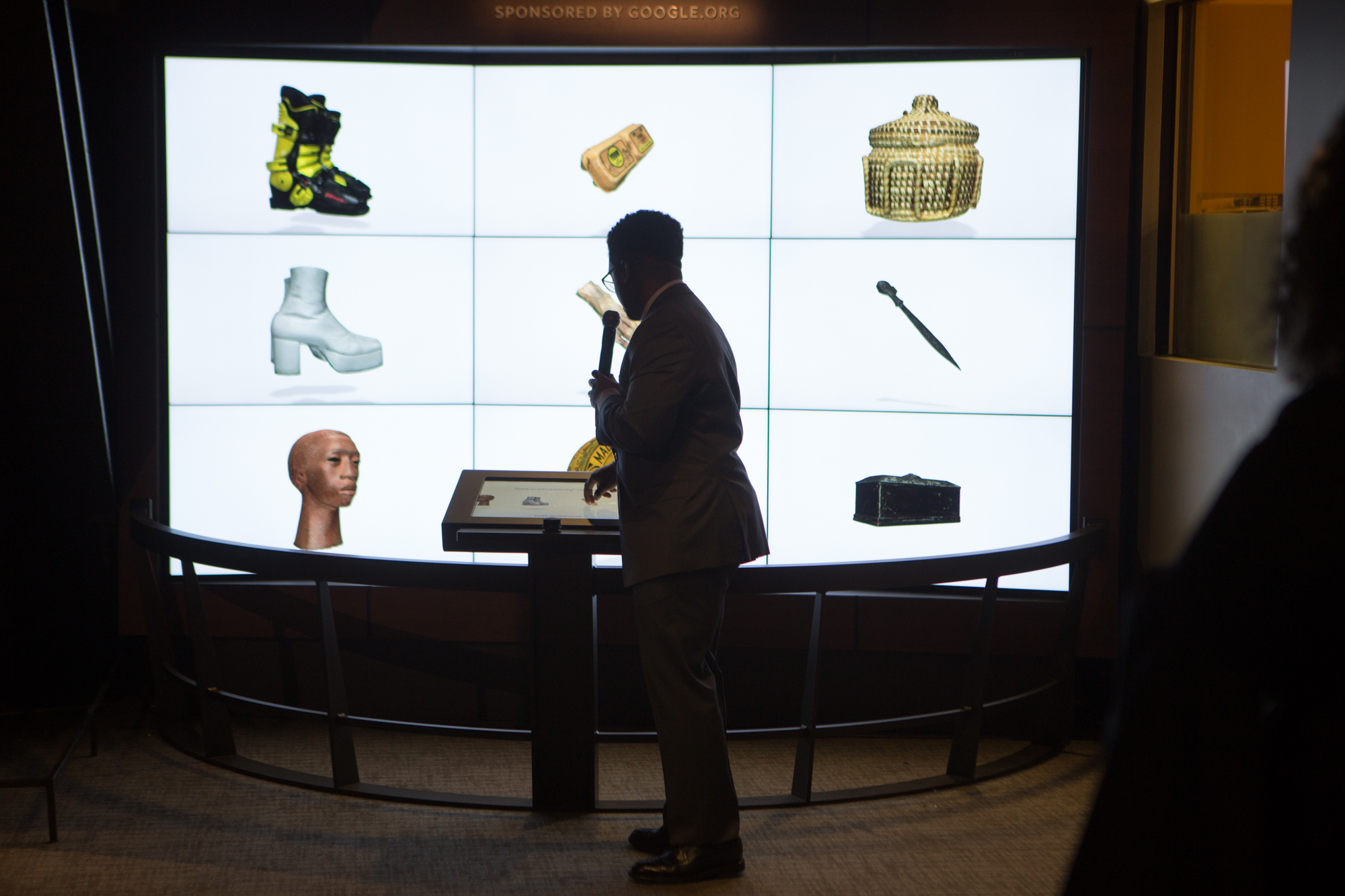
Just in time for Black History Month, Google and the National Museum of African American History and Culture are debuting a new 3-D art installation that highlights culturally significant historical items.
People who visit the museum will be able to digitally explore and interact with the items in a variety of ways, like viewing them from different angles, taking quizzes about them, and browsing through knowledge panels. Google used a 3-D scanner to recreate the objects in the exhibition, which includes items that either couldn’t be transported because they’re too fragile or aren’t on display due to a lack of physical space in the museum. Such objects include 3-D renderings of a cast of composer and pianist Eubie Blake’s hand and Carl Hall’s boots from The Wiz.

Google officially unveiled the exhibit on Feb. 1. The company says in a blog post that it’s part of a broader effort to curate black cultural content across its products and services in honor of Black History Month. Before unveiling the exhibit, Google also debuted a new Google Doodle on its homepage for the “Father of Black History” Carter Woodson.
The Mountain View, Calif.-based tech giant announced plans to launch the exhibit back in 2016, and had intended to open it in 2017. But the project ran behind schedule. “It worked out that the launch date in February aligned with Black History Month,” says Google spokesperson Charlotte Smith.
It’s also one of several efforts Google has made in recent months to integrate its technology with history and art. The company recently launched a feature in its Google Arts & Culture app that lets users take a selfie to find out which historical portrait they most closely resemble, which went viral in January. Google also rolled out an update to Google Maps’ Street View in May that makes it possible to read annotations about works of art and zoom in on high resolution images when browsing through certain museums.
This particular installation at the National Museum of African American History and Culture was built by volunteers from Google’s Black Googler Network and other internal organizations. “For years, going to a history museum meant walking around and looking at artifacts with descriptions printed below,” Bria Sullivan, one of Google’s engineers who worked on the installation, wrote in an essay for TIME’s Motto section. “This project flips that script.”
More Must-Reads from TIME
- Cybersecurity Experts Are Sounding the Alarm on DOGE
- Meet the 2025 Women of the Year
- The Harsh Truth About Disability Inclusion
- Why Do More Young Adults Have Cancer?
- Colman Domingo Leads With Radical Love
- How to Get Better at Doing Things Alone
- Michelle Zauner Stares Down the Darkness
Contact us at letters@time.com